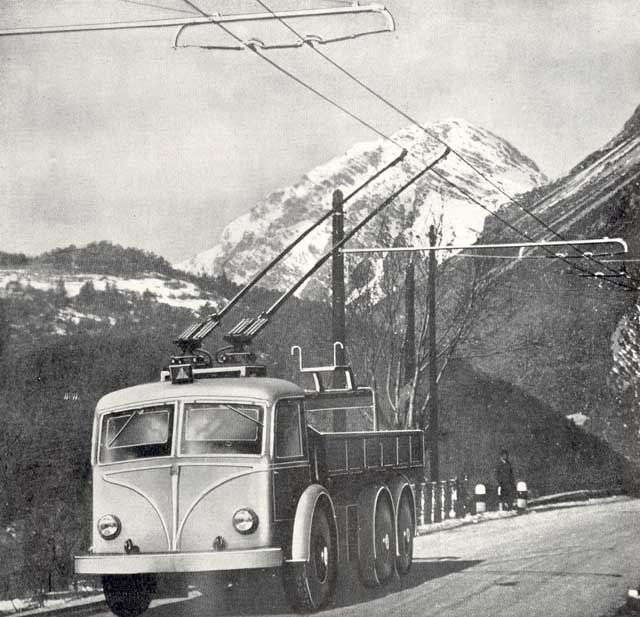At the first day of the annual meeting of the Transportation Research Board, I saw an interesting presentation by a guy from Siemens. They've developed a hybrid class 8 tractor that also has a pantograph, so it can draw power from a catenary, if one is available. Apparently, they've installed this on a segment of road in Sweden as a test, and they're planning to install one in the Los Angeles area, and somewhere in Germany, too. This would actually be a great idea for drayage trucks at a port, where they're waiting around to pick up containers, running on electricity from an overhead wire instead of idling their (usually very obsolete and high-polluting) engines. I had sort of daydreamed about such a concept, I didn't think that people were actually working on it, though.
http://www.siemens.com/press/en/pressrelease/?press=/en/pressrelease/2016/mobility/pr2016060319moen.htm&content[]=MO
https://youtu.be/XiOuBrFC8NM
Now all you need to do is put a pantograph on your Prius, and you'll never have to pay for gas again!
http://www.siemens.com/press/en/pressrelease/?press=/en/pressrelease/2016/mobility/pr2016060319moen.htm&content[]=MO
https://youtu.be/XiOuBrFC8NM
Now all you need to do is put a pantograph on your Prius, and you'll never have to pay for gas again!





